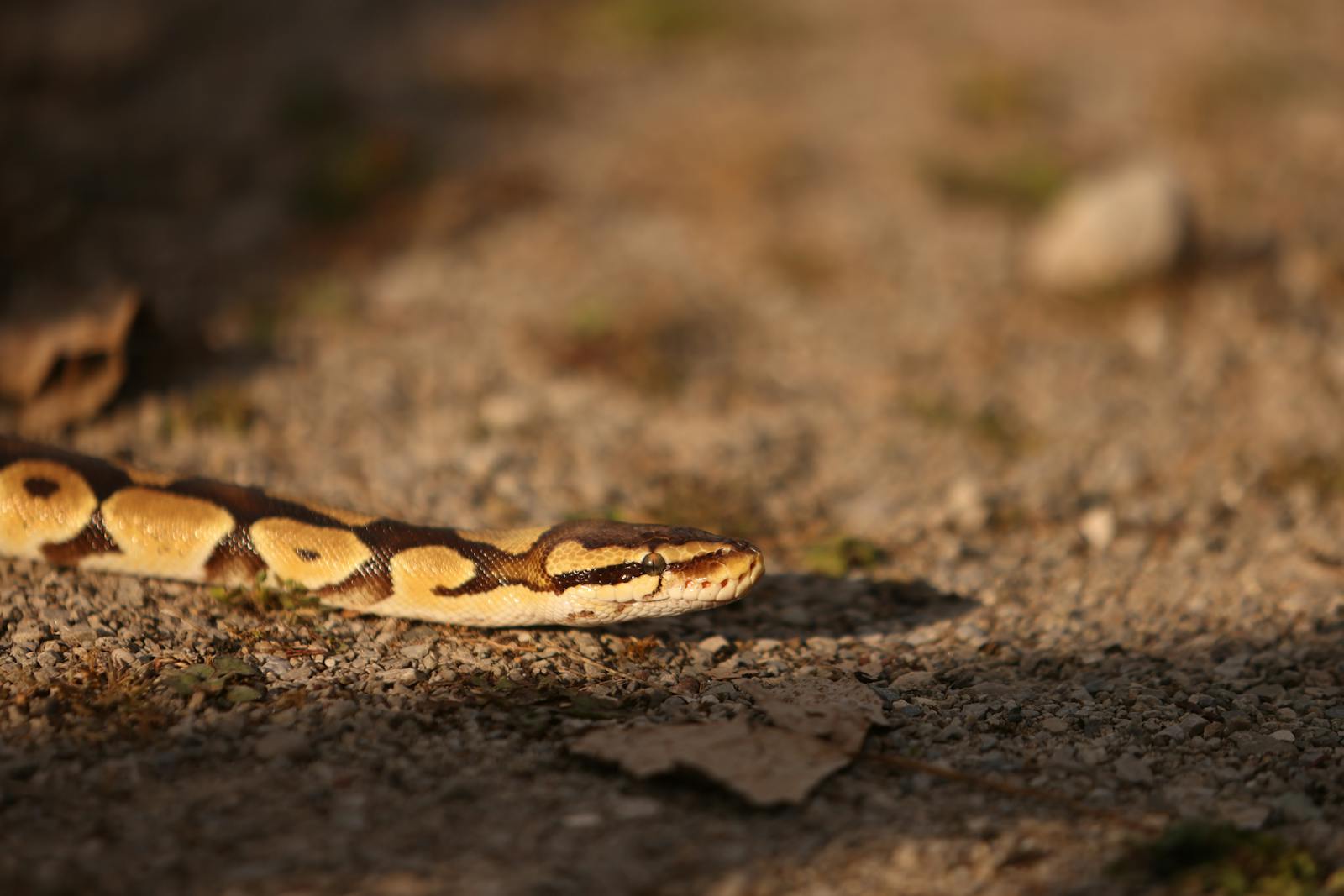Venturing into the world of snake ownership can be both exciting and intimidating. These fascinating reptiles often face undeserved fear and misconception, yet many species make surprisingly docile, low-maintenance companions that require minimal space and attention compared to traditional pets. For beginners looking to dip their toes into reptile keeping, selecting a gentle, manageable species is crucial for a positive experience. The right snake can offer years of companionship with relatively simple care requirements, making them perfect for those new to exotic pet ownership. This guide will explore the most suitable snake species for first-time owners, considering temperament, size, lifespan, and maintenance needs to help you make an informed decision on your slithering companion.
Ball Pythons: The Golden Standard for Beginners
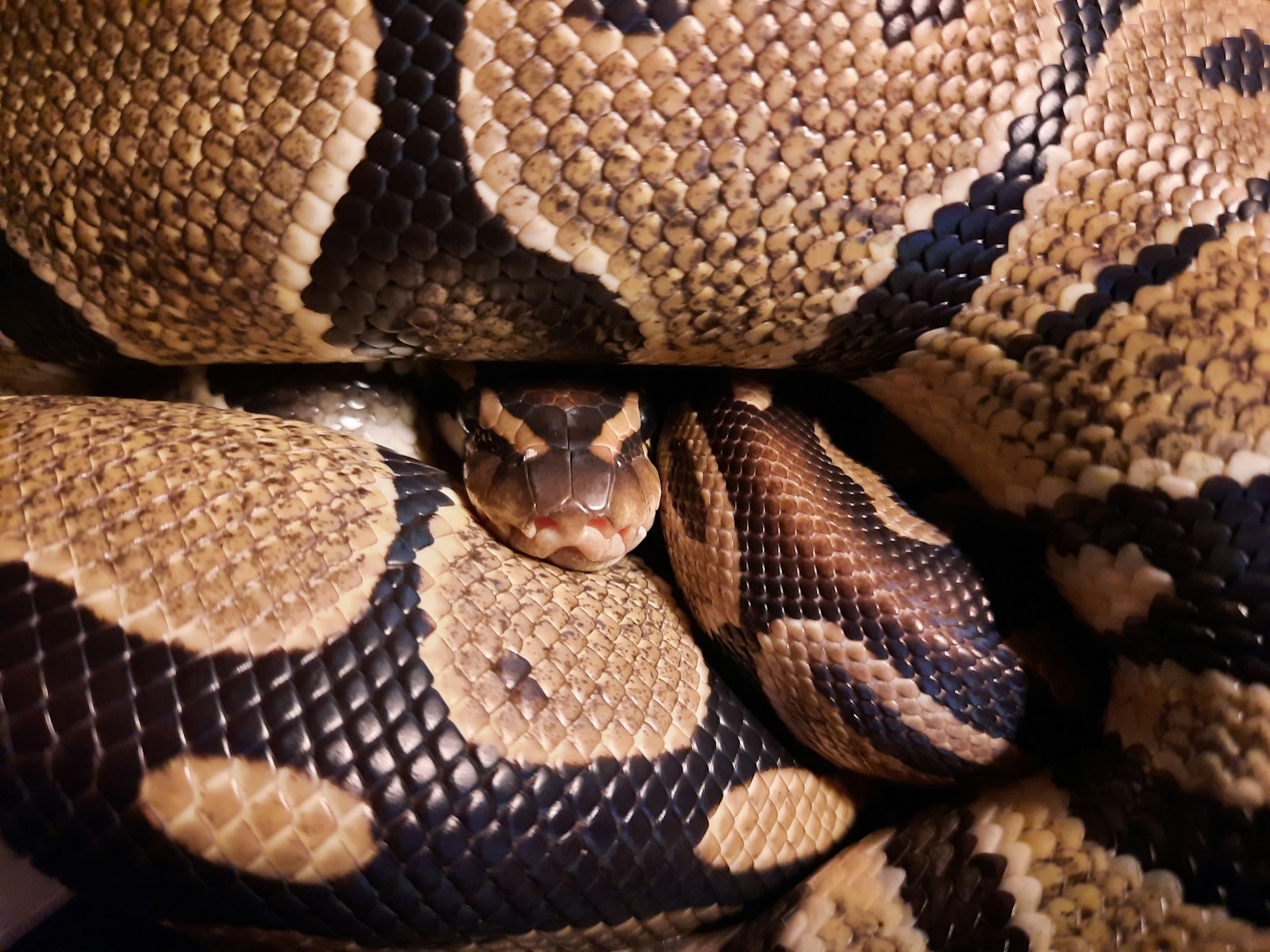
Ball pythons (Python regius) have earned their reputation as the quintessential beginner snake through their exceptionally calm demeanor and manageable size. These snakes typically grow to 3-5 feet in length, making them substantial enough to handle easily without being overwhelmingly large. Their docile nature is reflected in their common name, as they tend to curl into a ball when stressed rather than striking defensively. Ball pythons can live 20-30 years with proper care, making them a long-term commitment that rewards owners with a gentle, predictable pet that becomes increasingly comfortable with regular handling. Their relatively slow metabolism means they typically eat only once every 1-2 weeks, making feeding schedules manageable for new keepers.
Corn Snakes: Colorful and Confident Companions

Corn snakes (Pantherophis guttatus) stand out as some of the most popular pet snakes due to their vibrant coloration, docile temperament, and ease of care. These North American natives typically reach 4-5 feet in length and possess an inquisitive, active nature that makes them engaging pets. Unlike some species that remain defensive, corn snakes quickly adapt to handling and rarely exhibit stress behaviors once acclimated to their environment. Their striking appearance comes in dozens of color morphs ranging from classic orange and red patterns to lavenders, snows, and caramels, allowing owners to select a snake that appeals to their aesthetic preferences. With a lifespan of 15-20 years and straightforward care requirements, corn snakes offer beginners a rewarding long-term pet that combines visual appeal with a friendly disposition.
Kenyan Sand Boas: Small-Sized Specialists
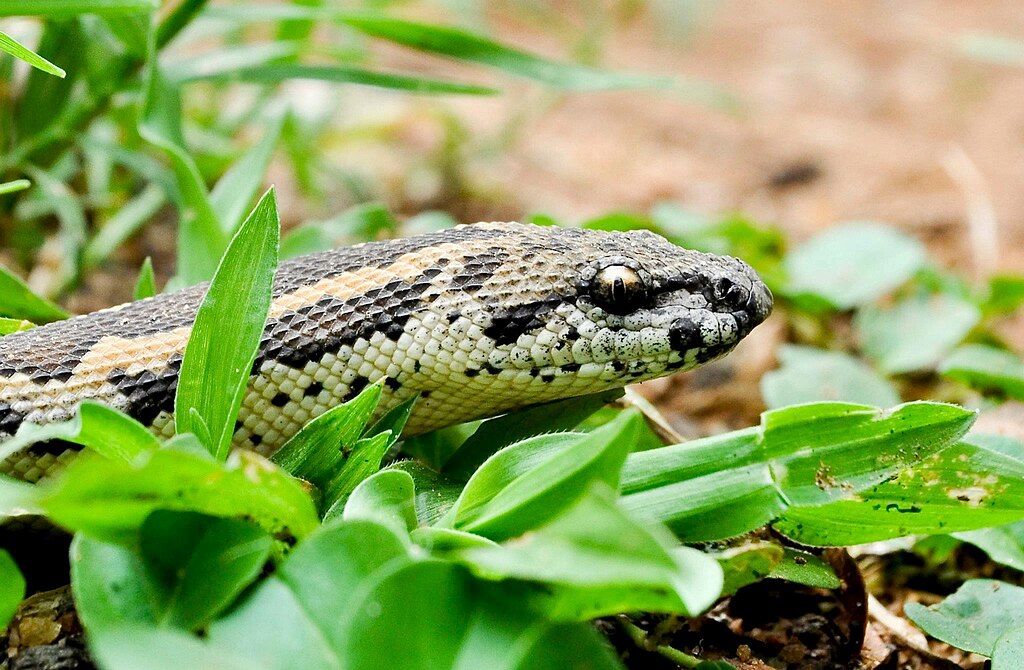
For those with limited space or who prefer a more compact snake, Kenyan sand boas (Gongylophis colubrinus) offer an excellent solution. These stout-bodied snakes rarely exceed 2-3 feet in length, with females typically larger than males. Their burrowing nature makes them less visible than other pet snakes as they often remain partially or completely submerged in their substrate. Despite this shy tendency, Kenyan sand boas generally tolerate handling well once acclimated, displaying a calm temperament that makes them suitable for beginners. Their simple care requirements include a modestly-sized enclosure with several inches of substrate for burrowing, appropriate heat gradient, and a meal of appropriately-sized rodents every 10-14 days. With proper care, these diminutive boas can live 15-20 years, providing a long-term pet in a surprisingly small package.
Rosy Boas: Desert Dwellers with Gentle Dispositions
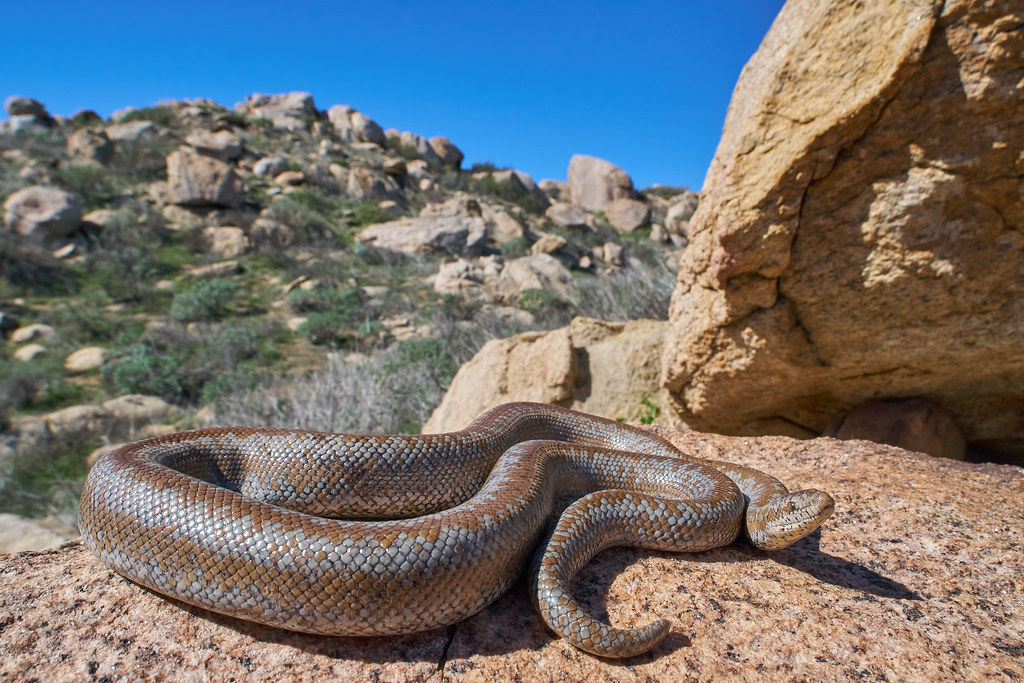
Native to the southwestern United States and northwestern Mexico, rosy boas (Lichanura trivirgata) combine impressive longevity with a remarkably gentle temperament. These snakes typically grow to 2-3 feet in length, remaining comfortably sized for even the most nervous beginner. Rosy boas move deliberately and slowly, making them easy to handle and less likely to startle new owners with sudden movements. Their care requirements mirror their desert habitat, needing low humidity, proper heat gradient, and minimal decoration beyond a secure hide box. Unlike many snake species that become defensive when threatened, rosy boas rarely strike and instead release a musky odor when stressed – a trait that becomes less frequent with regular, gentle handling. With proper care, these hardy snakes can live 25-30 years, making them lifetime companions that reward patient owners.
Children’s Pythons: Compact Australian Gems
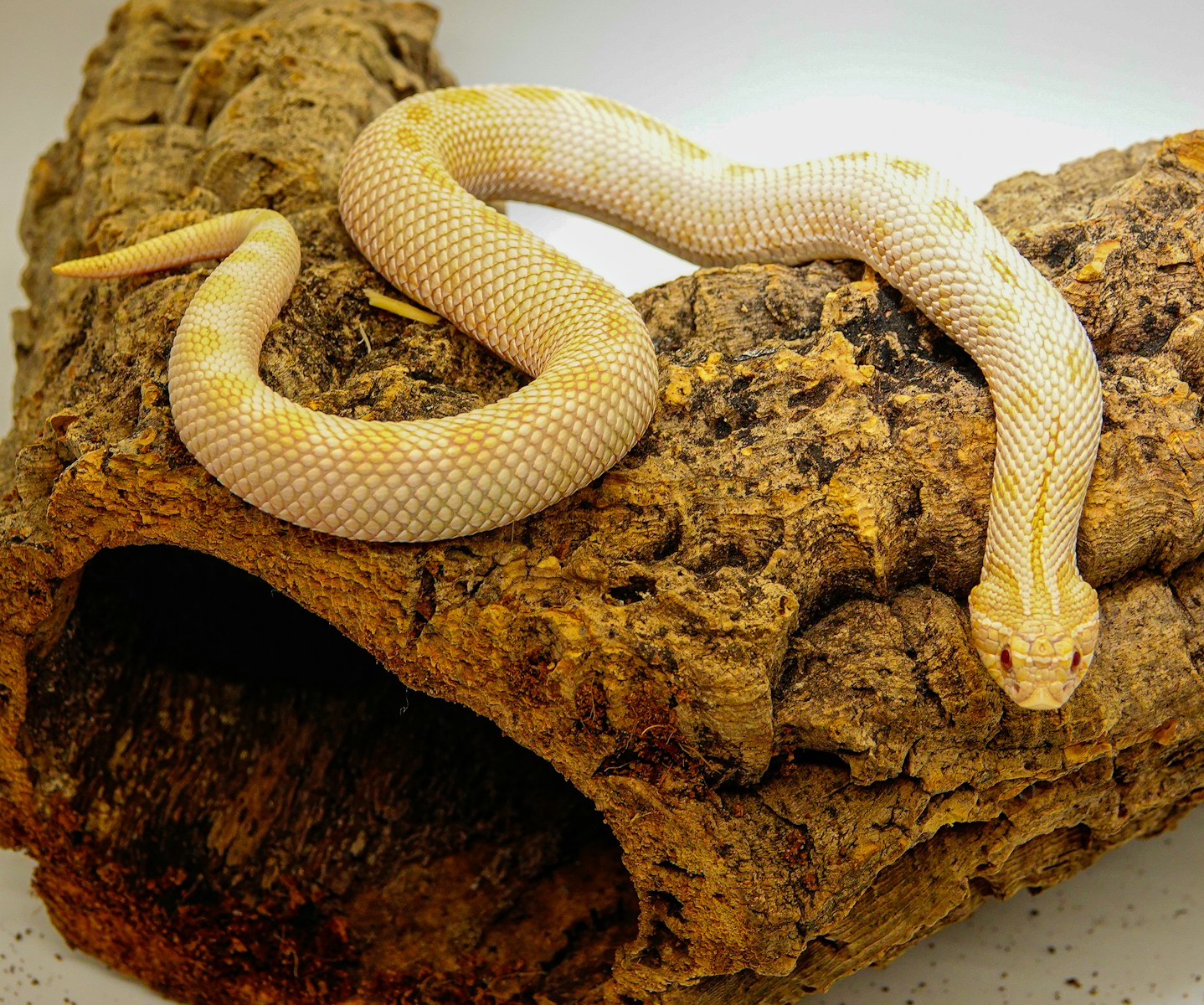
Despite their name suggesting they’re suited for youngsters, Children’s pythons (Antaresia childreni) are named after zoologist John George Children and make excellent pets for snake enthusiasts of all ages. These Australian pythons typically reach a manageable 2-3 feet in length, making them ideal for keepers with space constraints. Their docile temperament develops with consistent handling, though they may be slightly defensive as hatchlings before settling into their characteristically calm adult behavior. Children’s pythons are known for their hardiness and forgiving nature regarding minor husbandry mistakes, making them particularly suitable for beginners still learning proper reptile care. Their attractive patterns of olive, brown, or tan with darker blotches provide visual appeal without the higher price tags of heavily morphed species, and their 20-30 year lifespan ensures a long-lasting relationship with dedicated owners.
California Kingsnakes: Hardy and Handleable
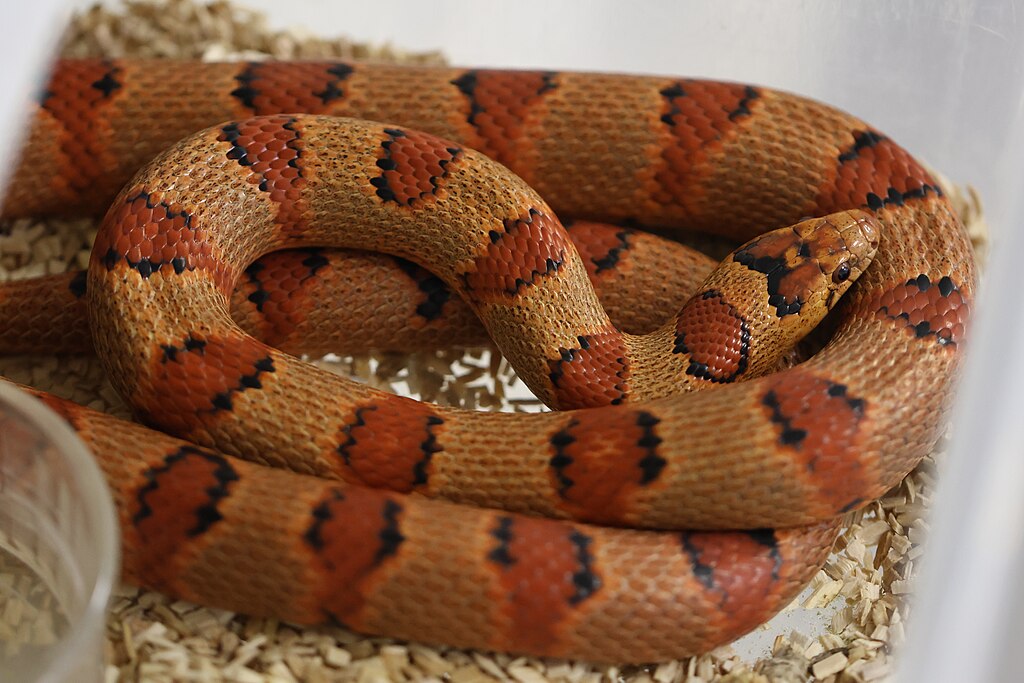
California kingsnakes (Lampropeltis californiae) earn their place among beginner-friendly species through their resilient nature and relatively bold temperament. These snakes adapt well to captivity, rarely refusing meals and tolerating a wider range of humidity and temperature conditions than many other species. Growing to 3-4 feet on average, California kingsnakes strike a perfect balance between substantial enough to handle comfortably yet not overwhelmingly large for novice keepers. Their natural patterns include striking bands or stripes in contrasting colors, with captive breeding producing stunning morphs from all-black to high-contrast albinos. While sometimes slightly nippy as juveniles, these snakes typically calm quickly with regular handling, developing into confident pets that actively explore during handling sessions rather than remaining tightly coiled. Their 15-20 year lifespan provides long-term companionship without the multi-decade commitment of some larger constrictor species.
Garter Snakes: Native and Naturally Social
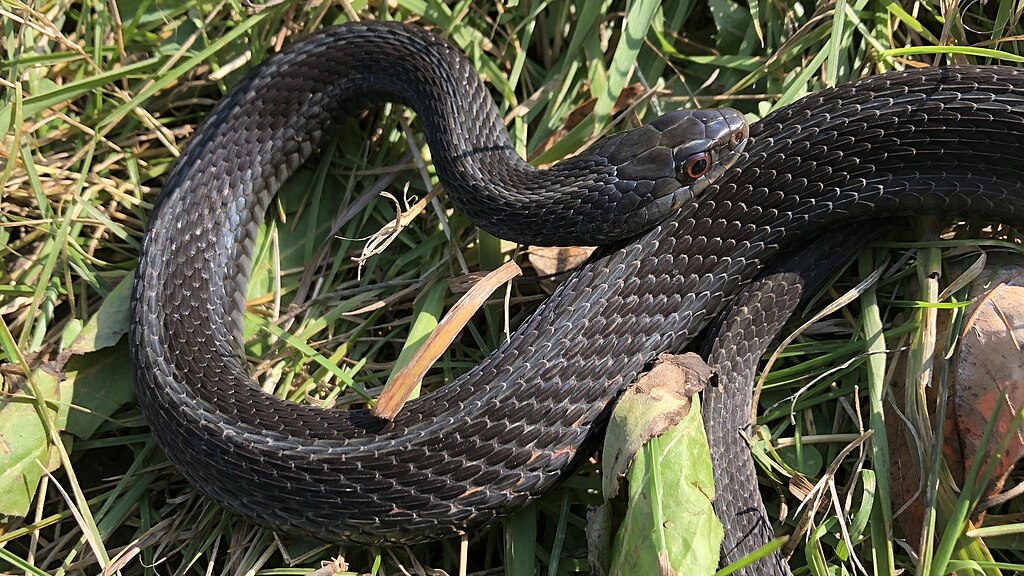
Garter snakes (Thamnophis species) stand apart from most pet snakes due to their unique sociability and diverse dietary preferences. Unlike the majority of snake species that live solitary lives, garters can be housed in small groups when provided adequate space, creating more dynamic enclosures than typical reptile setups. These small-to-medium snakes typically reach 2-3 feet in length, remaining comfortably sized for handling and maintenance. Their diet offers flexibility beyond rodents, as they readily accept fish, earthworms, and amphibians, making them suitable options for owners uncomfortable with feeding mice. While they may be initially flighty and release a musky odor when stressed, regular handling usually produces tame individuals that become surprisingly personable. Their relatively shorter 6-10 year lifespan makes them less of a decades-long commitment than many snake species, potentially appealing to owners uncertain about extremely long-term pet care.
Understanding Snake Housing Requirements
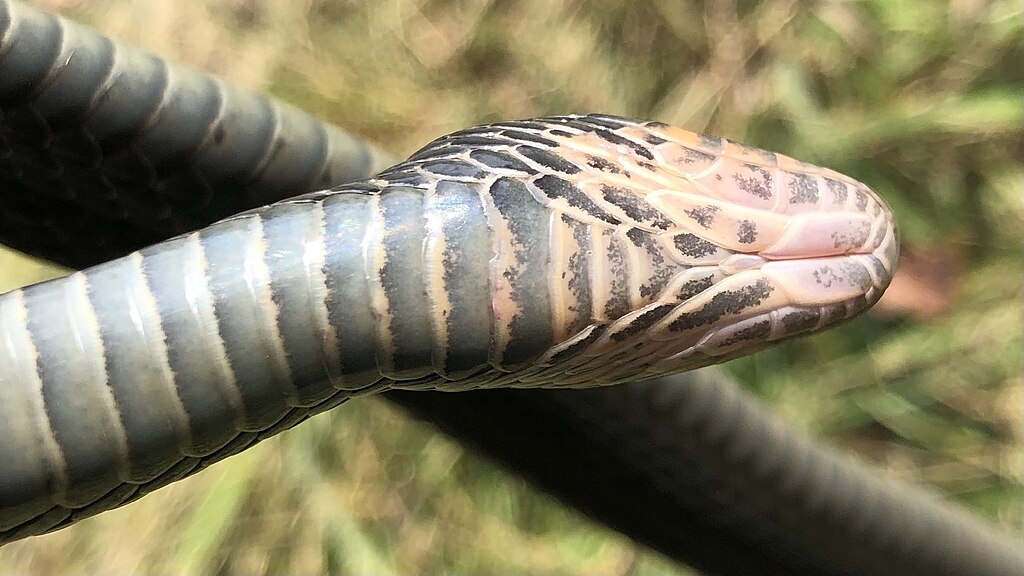
Proper housing forms the foundation of successful snake keeping, with appropriate enclosure size and setup directly influencing your pet’s health and behavior. For most beginner-friendly species, a simple setup proves more beneficial than elaborate naturalistic vivaria, focusing on security and proper temperature gradients rather than aesthetics. The enclosure should provide approximately one square foot of floor space for each foot of snake length, with height being less important for most terrestrial beginner species. Essential components include secure hiding spots at both warm and cool ends of the habitat, appropriate substrate for burrowing or moisture retention depending on species, a sturdy water bowl large enough for occasional soaking, and proper heating elements with thermostats to prevent burns. Enclosures must feature escape-proof lids or doors, as even the gentlest snake species possess remarkable strength and determination when seeking gaps or weaknesses in their housing.
Feeding Basics for Beginner Snakes

Understanding proper feeding protocols represents one of the most important aspects of responsible snake keeping for beginners. Most beginner-friendly snake species thrive on a diet of appropriately-sized frozen-thawed rodents, which eliminates the risk of live prey injuring your pet and allows for convenient storage. The prey item should be approximately the same width as the widest part of your snake’s body or slightly larger, with juveniles typically requiring feeding every 5-7 days and adults eating every 10-14 days depending on species and individual metabolism. Proper thawing techniques include allowing frozen prey to reach room temperature in a plastic bag submerged in warm (not hot) water before offering it to your snake using feeding tongs to avoid accidental bites. Most importantly, new owners should understand that refusal to feed occasionally is normal and rarely indicates immediate health concerns, as snakes naturally experience periods of reduced appetite during seasonal changes, shedding cycles, or breeding seasons.
Handling Techniques for Building Trust

Developing a positive handling relationship with your snake requires patience, consistency, and respect for the animal’s behavioral cues. Begin by allowing new snakes a 1-2 week settling-in period before attempting handling, giving them time to become comfortable with their enclosure and establish feeding patterns. Initial handling sessions should be brief (5-10 minutes) and gradually extended as the snake shows comfort through relaxed body language and exploratory behavior. Support your snake’s body properly by allowing it to move between your hands while never restraining the head or first third of the body, which can trigger defensive responses. Recognize signs of stress including rapid breathing, tense muscles, defensive positioning, or attempts to flee rapidly, and return stressed snakes to their enclosure rather than forcing continued interaction. Consistent short handling sessions several times weekly generally produces more relaxed snakes than infrequent longer sessions, helping develop a snake that views handling as a neutral or positive experience rather than a stressful event.
Recognizing Common Health Issues

First-time snake owners should familiarize themselves with signs of common health problems to ensure prompt veterinary intervention when necessary. Respiratory infections present as wheezing, bubbling around the mouth or nostrils, or abnormal breathing with the mouth open, typically resulting from improper temperature or humidity levels. Scale rot manifests as discolored, damaged scales usually on the ventral (belly) surface, indicating excessively wet or dirty substrate conditions. Mites appear as tiny moving black specks between scales or around eyes and heat pits, causing excessive soaking and restlessness as snakes attempt to relieve irritation. Proper shedding should occur in one complete piece; retained shed, particularly around eyes or tail tip, requires humidity adjustment and potential veterinary assistance if it doesn’t resolve with home humidity treatments. Regular observation of normal behavior, appetite, and waste production provides the baseline for identifying concerning changes, with weight monitoring serving as an excellent long-term health indicator for growing juveniles and stable adults.
Ethical Sourcing of Pet Snakes
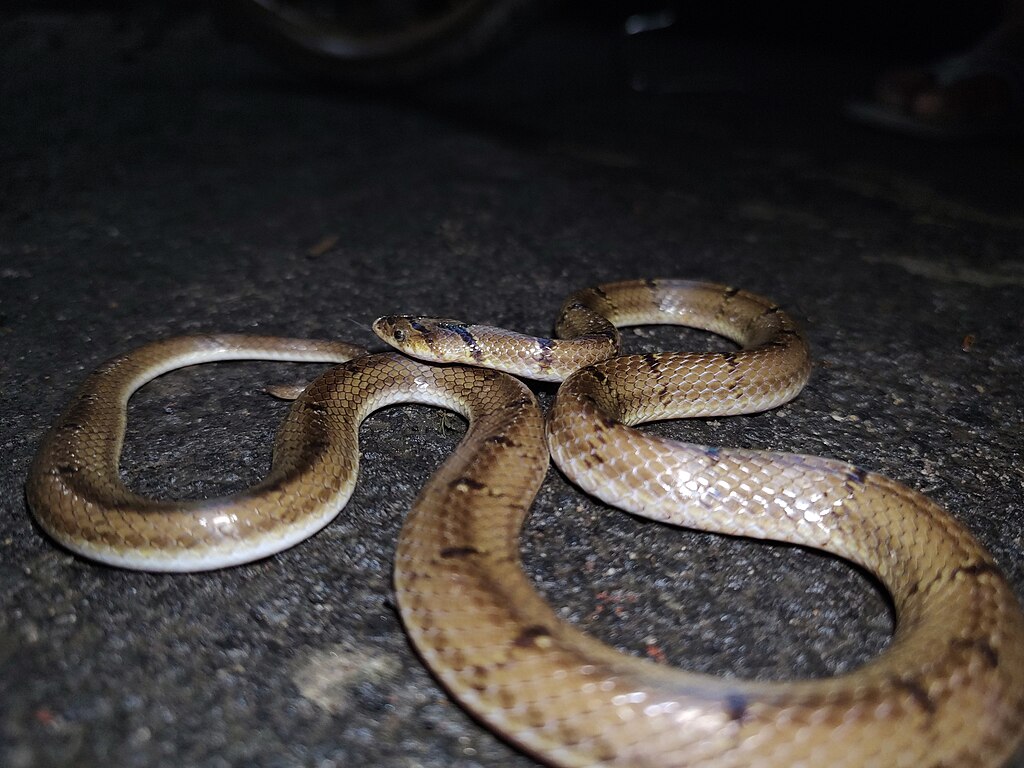
Responsible first-time snake ownership begins with ethical acquisition of your new pet, prioritizing captive-bred specimens from reputable breeders over wild-caught individuals. Captive-bred snakes typically demonstrate better feeding habits, lower parasite loads, and more adaptable temperaments since they’ve known only human care environments from birth. When searching for a snake, reputable breeders will freely answer questions about their breeding practices, provide feeding records, and demonstrate knowledge about proper care requirements for their animals. Avoid purchasing from sellers unable to provide information about a snake’s origin, those offering unusually low prices (potentially indicating wild-caught specimens), or vendors with visibly unhealthy animals in poor conditions. Consider attending reptile expos where you can meet breeders personally and examine potential pets thoroughly before purchase, looking for clear eyes, clean vent areas, proper weight, alert behavior, and complete sheds. Supporting ethical breeding practices ensures healthier pets while discouraging harmful wild collection that damages natural populations.
Common Misconceptions About Snake Ownership
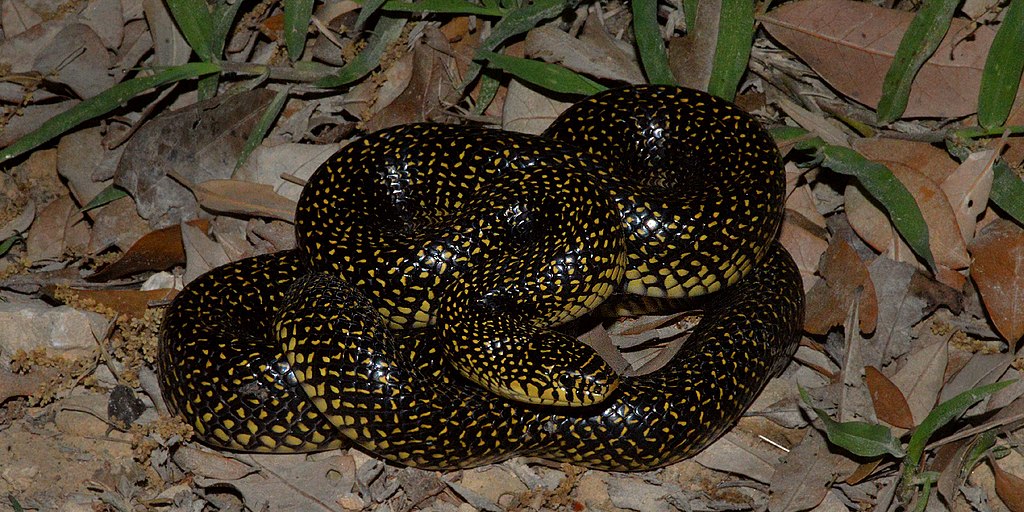
New snake enthusiasts often encounter widespread misconceptions that can unnecessarily complicate their entry into reptile keeping. Contrary to popular belief, most beginner-friendly snakes do not require live feeding; in fact, frozen-thawed prey offers safer, more convenient options that most snakes readily accept with proper presentation techniques. The fear that all snakes grow enormous represents another misconception, as the species recommended for beginners typically reach manageable adult sizes of 2-5 feet, remaining comfortable for average enclosures and handling abilities. Many potential owners worry about daily care requirements, not realizing that appropriate snake species typically require attention only a few times weekly for spot cleaning, with full habitat maintenance needed just monthly. Perhaps most importantly, concerns about snakes being “slimy” or inherently aggressive reflect unfounded fears, as healthy snakes possess dry, smooth skin, and the recommended beginner species typically demonstrate remarkably calm temperaments when properly acclimated to handling. Education about these misconceptions helps new owners approach snake keeping with realistic expectations and confidence.
Conclusion: Finding Your Perfect Serpent Companion

Selecting your first pet snake represents an exciting journey into reptile keeping that can yield decades of fascinating companionship with proper species selection and care. The gentlest species for beginners—ball pythons, corn snakes, Kenyan sand boas, rosy boas, Children’s pythons, California kingsnakes, and garter snakes—each offer unique advantages while sharing the common traits of docile temperaments, manageable sizes, and straightforward care requirements. Before making your final decision, invest time researching specific care guides for your preferred species, connecting with experienced keepers through online forums or local herpetological societies, and visiting reptile specialty shops to gain handling experience under guidance. Remember that responsible snake ownership involves a significant time commitment, appropriate housing investment, and preparation for feeding requirements. With proper research and preparation, your first snake can introduce you to the rewarding world of reptile keeping while challenging common misconceptions about these gentle, fascinating creatures.

